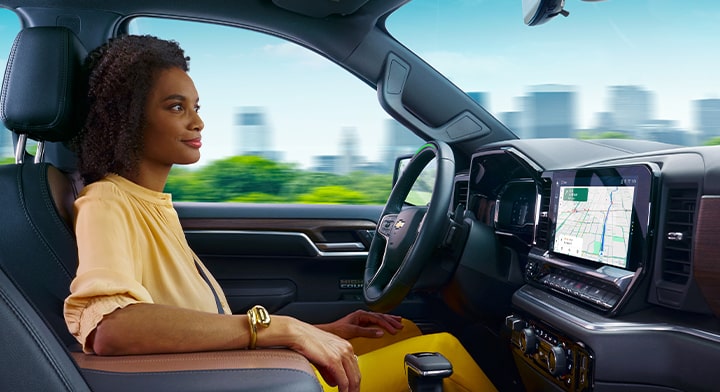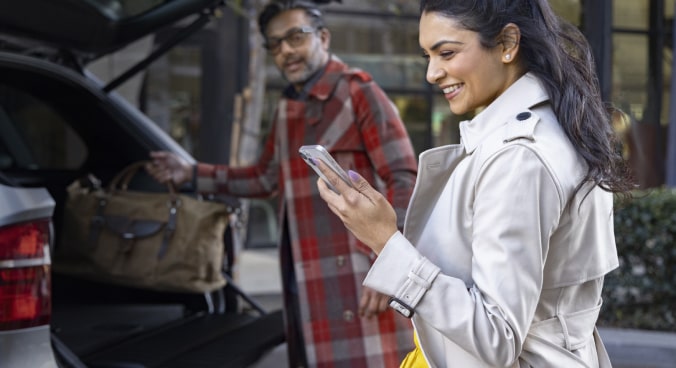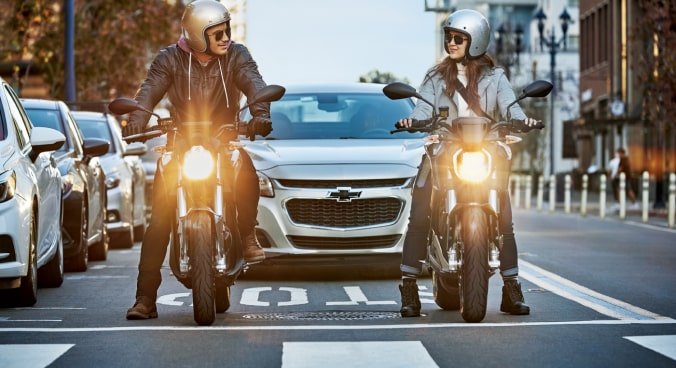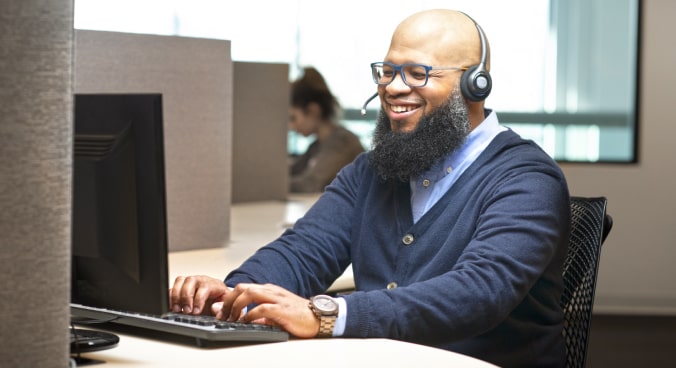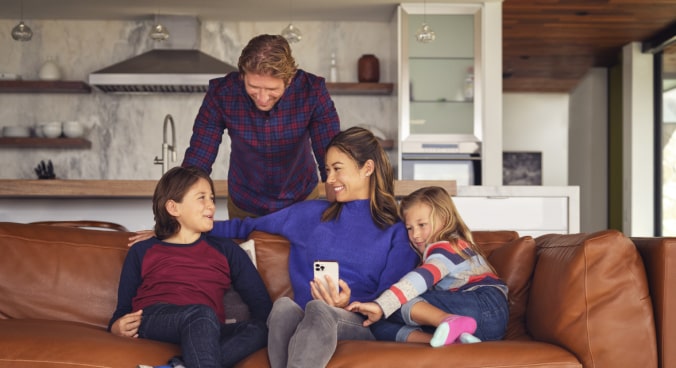Ask the experts: Super Cruise
May 06, 2022
Ask the experts: Super Cruise
May 06, 2022
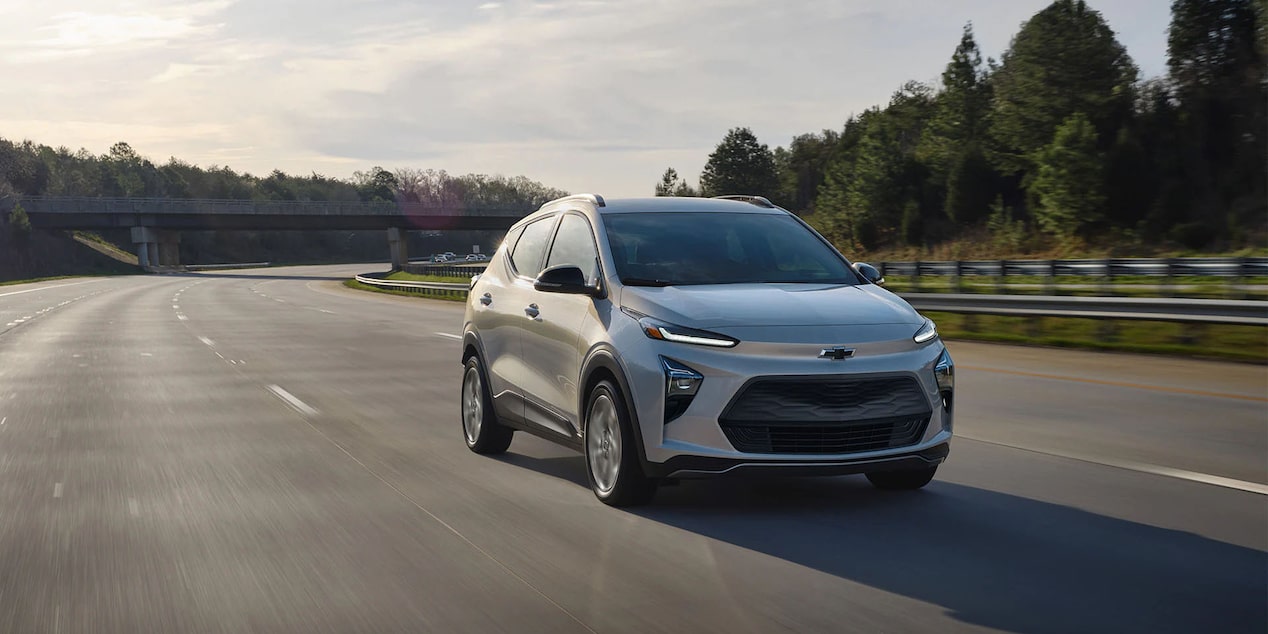
Super Cruise assistant chief engineer Jeff Miller explains all you need to know about the automotive industry’s first true hands-free driving assistance technology
What once seemed like science fiction is now a reality: the ability to drive with your hands off the steering wheel. That’s thanks to Super Cruise™

For someone who may not be familiar with the technology, what is Super Cruise?
In the plainest terms, Super Cruise is the industry’s first true hands-free driver assistance technology, which enables hands-free driving on over 200,000 miles of compatible roads in the U.S. and Canada.
Can you define what counts as a compatible road?
When we initially launched Super Cruise in 2017, we had mapped 130,000 miles of limited-access, divided highways. Think Interstate 75 or Interstate 96. In 2019, we went out and mapped what we call trunk roads. They’re still divided highways, so there’s a clear division between opposing traffic; however, there may be some at-grade crossings, railroad crossings, flashing yellow lights, those sorts of things. Adding those roads brings us up to a total of just over 200,000 miles of compatible roads.
How often are those maps updated?
We’re constantly working with the Department of Transportation for each state. Whenever there’s construction, we’re notified, and then when they’re done, we’re also notified. We’ll then send out our map supplier to remap those portions of the road, we’ll put those into our larger map files and we’ll download those to the vehicles. We’re pushing out new maps to the vehicles on almost a monthly basis. We want to deliver the freshest maps to the drivers as quickly as possible.
What’s your background and how did you become involved in the Super Cruise project?
General Motors hired me straight out of college, and I’ve worked with the company ever since. I’ve had the privilege to work on some cutting-edge technologies, from performance vehicles to hybrid-electric vehicles, and now automated driving. I started with the Super Cruise team back in 2018 as the program engineering manager for full-size SUVs and pickups. Shortly after, my role was expanded to assistant chief engineer for Super Cruise. Now I’m more involved in leading the larger Super Cruise team and defining future strategies and rollout plans, while keeping the driver at the forefront of every decision.
What goals did you have for Super Cruise?
One of the big ones was that we wanted Super Cruise to bring comfort and convenience to our drivers’ trips, whether that’s the daily commute or a longer road trip. It also needed to be intuitive to drive. And we wanted to provide true hands-free driving, where the driver has confidence in the system. We achieved this through the use of precision LiDAR map data, a Driver Attention System, and real-time cameras, sensors and GPS data.
It’s worth pointing out that Super Cruise is also a significant step in GM’s journey to enable our goal of zero emissions, zero crashes and zero congestion, as well as creating important connected vehicle technologies that enhance the driver’s experience.
How does using Super Cruise improve the driver’s experience?
Super Cruise provides comfort and convenience for highway driving, and really the biggest benefit is the ability to drive truly hands- and feet-free while using Super Cruise. That allows you to arrive at your destination less stressed and certainly less fatigued. In addition, great new features that we’ve launched, such as Automatic Lane Change and Super Cruise with trailering — which is going to be available soon on select light-duty pickup trucks — further enhance the driving experience.
Do you remember what it was like when you first used Super Cruise on a public road?
As with any new technology, it does take some getting used to. I wasn’t sure what the system was capable of, or how it would react to different situations. Fortunately, because of the way we designed Super Cruise, becoming confident in the system’s capability only takes a few minutes.
The other thing that crosses your mind when you’re initially using Super Cruise is “What do I do with my hands?” They no longer need to be on the steering wheel, so what do you do with them? But you quickly relax and get used to putting them wherever it feels most comfortable.
What kinds of reactions have you seen when other drivers have tried it?
I remember the first time my wife used Super Cruise. It was funny to watch because her hands hovered over the steering wheel, and she was pretty nervous letting go of the wheel. But much like my experience, that nervousness only lasted for the first couple of minutes, and she quickly relaxed and built confidence in the system and understood what it could and couldn’t do.
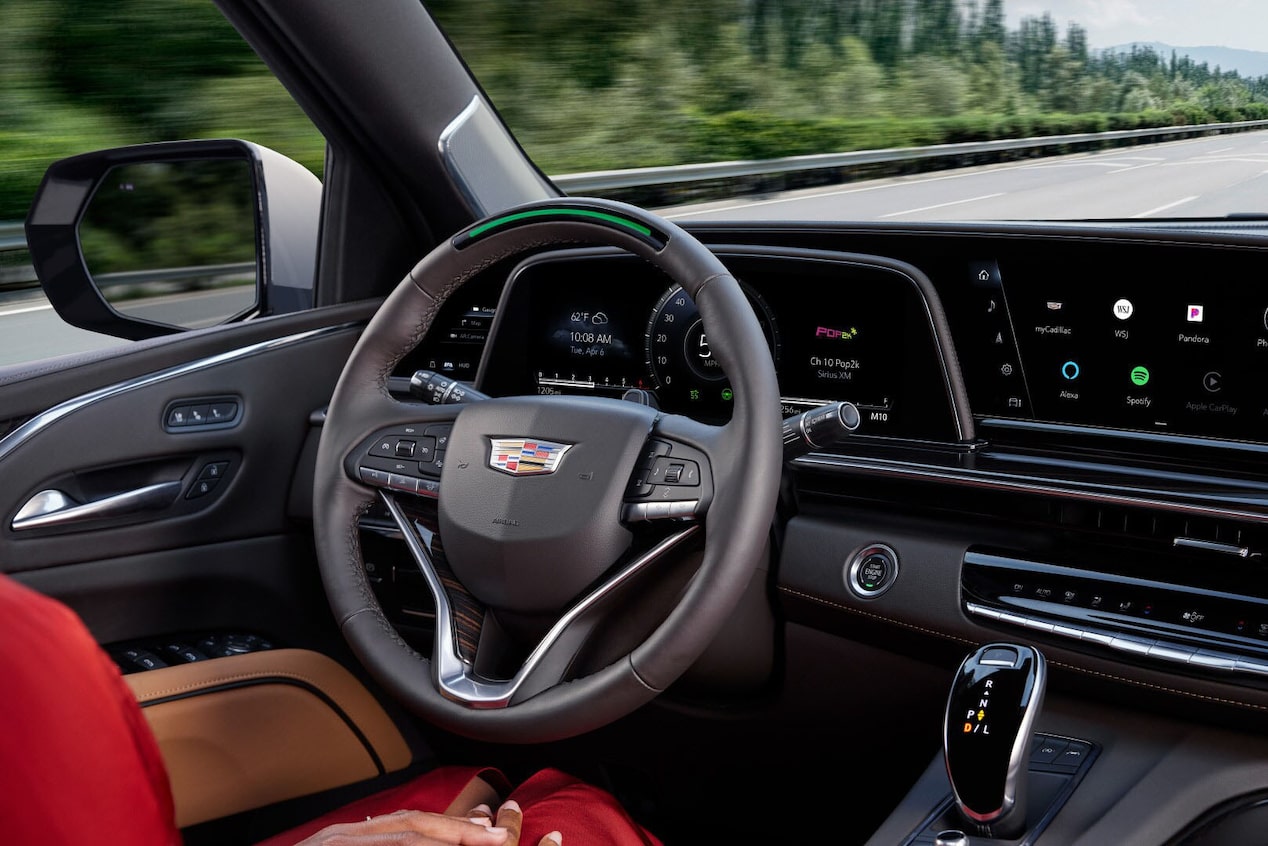
What types of testing did your team perform during development?
Stepping back, Super Cruise is the result of over five years of development, from the research stages all the way to development and validation. We made sure this technology worked safely and seamlessly, and that it was easy for our drivers to use. Throughout the design, development and validation process we used computer simulations and test benches. In addition, we did extensive testing in vehicles on closed courses, such as our Milford Proving Ground, as well as public roads.
How does the driver use Super Cruise when they’re on the road?
Like I mentioned, we wanted Super Cruise to be intuitive. We made it so simple that it just requires pressing a single button on the steering wheel. When you first start a Super Cruise–equipped vehicle and begin driving down the road, you have to engage Adaptive Cruise Control.
What is the Driver Attention System?
The Driver Attention System is there to ensure the driver is paying attention to the road at all times. It’s important in the event that Super Cruise disengages and needs to hand control back to the driver. There’s a camera located on top of the steering column that monitors the driver’s head position as well as their eye gaze to determine where they are looking. If they’re not looking at the road for a certain period of time, the system will alert the driver to try to get their attention back to the road. It’ll do that through visual alerts using the light bar. The light bar will flash, and if the driver doesn’t take control after that, they will hear some audible alerts through the speaker system, as well as feel the haptic Safety Alert Seat.
We’ve allotted enough time for you to look away to do most simple tasks in the vehicle, such as changing your climate control settings or adjusting the radio, but we certainly don’t want people on their computers, texting or performing any other distracting activities.
What sensors and data does Super Cruise use?
Super Cruise is made possible by precision LiDAR map data, the Driver Attention System, and real-time vehicle cameras, radar sensors and GPS data. The LiDAR map data provides information about the road, such as road curvature, the number of lanes, and the location of entrance and exit ramps. The Driver Attention System ensures the driver is paying attention to the road and communicates system status and alerts to the driver. The real-time cameras detect the left and right lane markings, so the system knows where the vehicle should be centered in the lane.
The cameras and sensors also determine where other vehicles are in relationship to your vehicle, which enables you to maintain a selectable gap distance to the vehicle ahead of you, and enables features such as Lane Change on Demand and Automatic Lane Change. Then, lastly, the precision GPS is what locates your vehicle on the map so the system only functions when driving on a Super Cruise–compatible road.
You mentioned Lane Change on Demand and Automatic Lane Change. What are they?
They are technically two separate features, but they build on top of each other. I’ll start with Lane Change on Demand. When using Super Cruise, the driver can use the turn signal to indicate they want to change lanes. The system will “look” for an opening in the indicated lane, and if it determines there is an opening, it will automatically steer the vehicle to change lanes. Through this whole process, messages in the Driver Information Center let the driver know what the vehicle is doing.
We’ve also expanded the capability to add Automatic Lane Change on compatible vehicles, where the system can determine when a lane change would be optimal and initiate it on its own. For example, the vehicle might change lanes if a vehicle ahead of you is traveling slower than your set speed — it can move out of the lane, pass slower traffic, and then bring you back into your original lane — or to move over from a lane that may be ending.
Can you tell us about using Super Cruise while towing on compatible models, such as the 2022 Chevrolet Silverado High Country?
With the upcoming launch of Super Cruise on our full-sized pickups, we knew that our drivers would want to utilize Super Cruise while trailering — that was an absolute necessity for the full-sized pickups and also for our large SUVs. We developed specific calibrations to account for the additional drag and braking distance that come with towing a trailer and a more center-biased vehicle position in corners.
It’s worth pointing out that when you’re trailering, the trailer blocks the rear radar sensors from determining whether there’s traffic approaching from behind. So if the vehicle detects that it is trailering, Lane Change on Demand and Automatic Lane Change are disabled.
What are some surprising facts about Super Cruise that you can share?
One is that Super Cruise does operate across a wide speed range, from zero to 85 miles per hour. I really love using Super Cruise in stop-and-go traffic, because that tends to be one of the more stressful driving scenarios for me. I think when some people hear Super Cruise they think it’s only meant for higher speeds. But like I said, it’s really a full speed range feature.
Another quick fact is that our drivers have accumulated more than 18 million miles since the initial launch of Super Cruise on the Cadillac CT6, which is a pretty substantial number of miles given the limited number of vehicles that we currently have out there with Super Cruise.
How does OnStar play a role in the operation of Super Cruise?
There are two ways. In order for Super Cruise to function, you are required to have an active Super Cruise plan to provide precision GPS corrections, map updates and software updates to the vehicle. New Super Cruise–equipped vehicles come with a three-year trial of this connectivity.
In addition, the vehicle may contact OnStar Emergency Services
Will Super Cruise continue to be added to future GM vehicles over time?
In addition to our mission of zero crashes, zero emissions and zero congestion, we’ve had a lot of customer feedback that’s indicated they want Super Cruise to be available on more vehicles. We plan to roll Super Cruise out in a big way. We’re going to make a big splash here in the next couple years, and we’re planning to offer Super Cruise on 22 new vehicles through the calendar year 2023, and that will include vehicles across all of GM’s brands.
Keep reading
Be sure to check out frequently asked questions for even more information on Super Cruise. You can also find additional answers, and even ask your own questions about Super Cruise, in the OnStar Community.
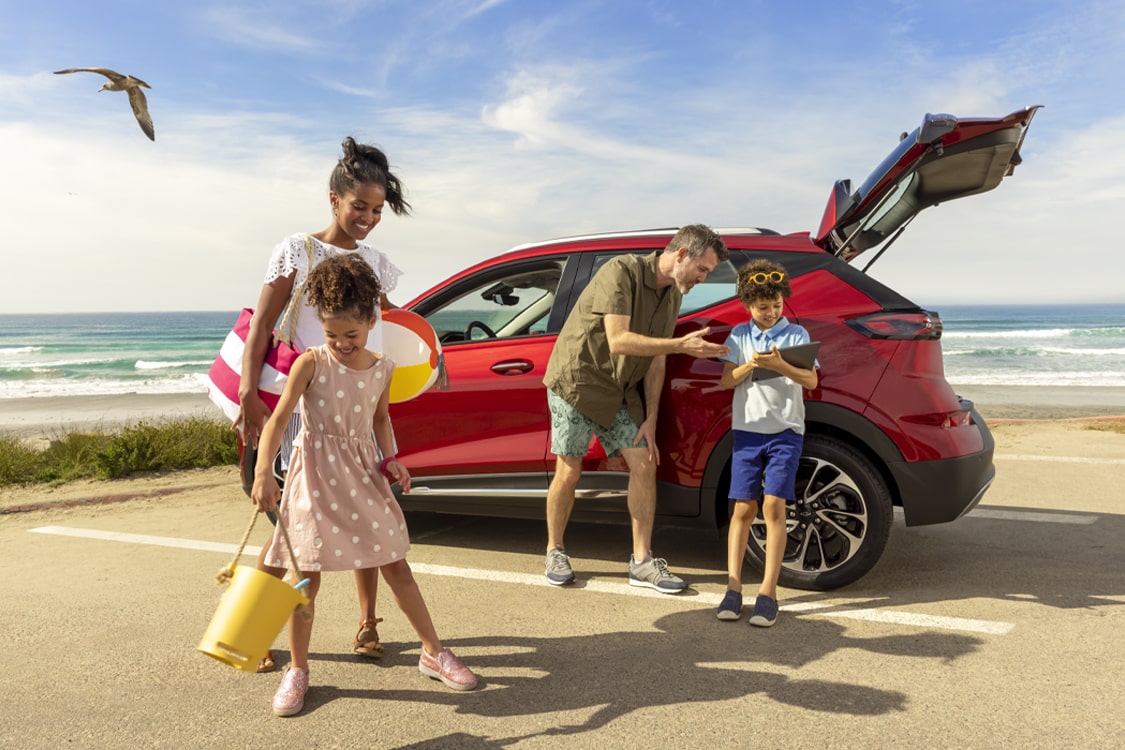
The ultimate connected vehicle
Turns your car into a connected marvel, with available Amazon Alexa, in-vehicle apps, real-time navigation and more.
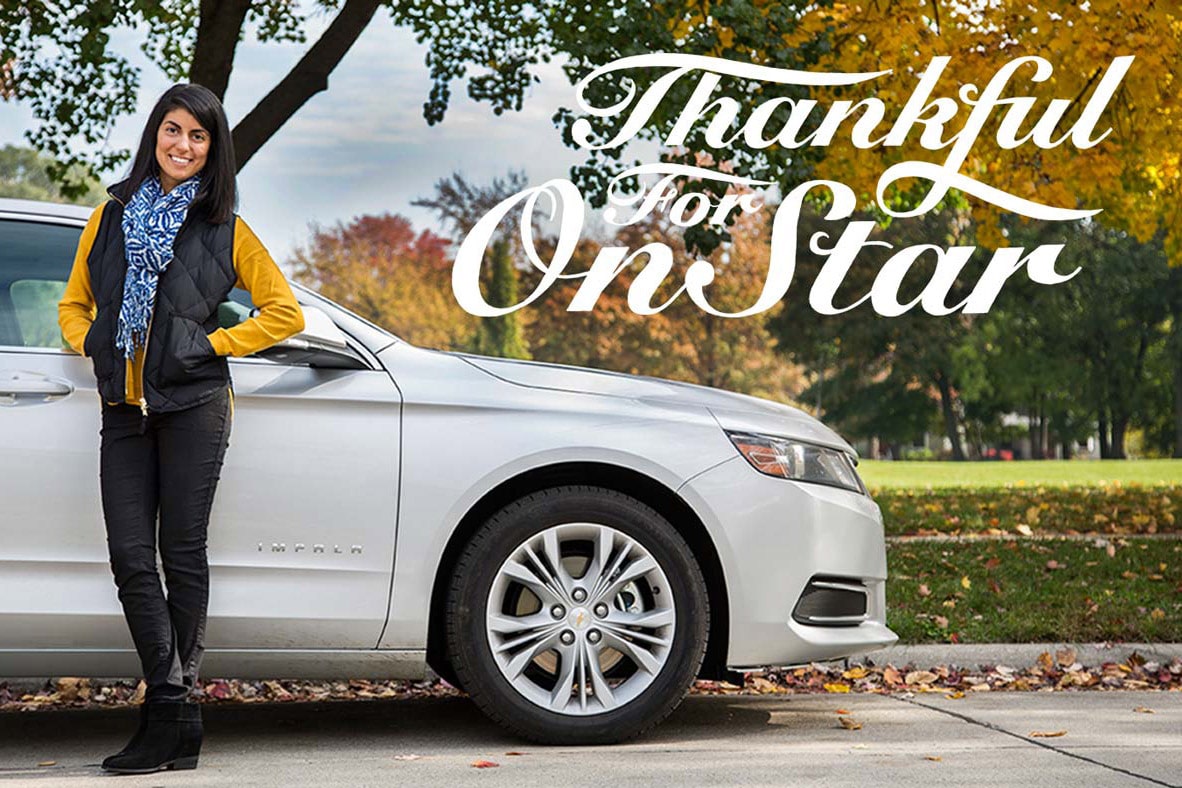
Thank goodness for OnStar!
After a crash on highway, Thea is thankful OnStar was there to get her the help she needed.
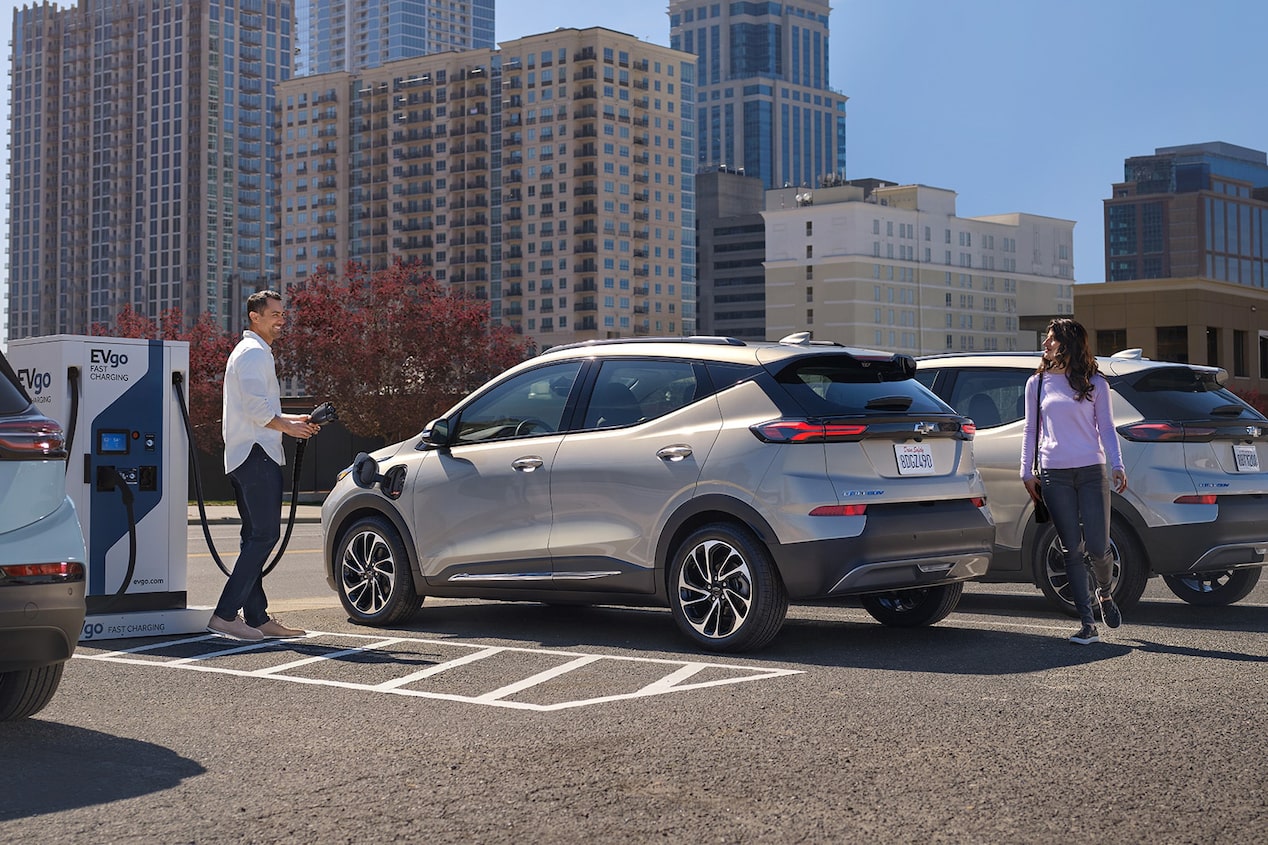
Simplify life with a connected vehicle
Your connected vehicle has a variety of tools to give you a seamless bridge between your life and travels. Find out how.

The ultimate connected vehicle
Turns your car into a connected marvel, with available Amazon Alexa, in-vehicle apps, real-time navigation and more.

Thank goodness for OnStar!
After a crash on highway, Thea is thankful OnStar was there to get her the help she needed.

Simplify life with a connected vehicle
Your connected vehicle has a variety of tools to give you a seamless bridge between your life and travels. Find out how.

